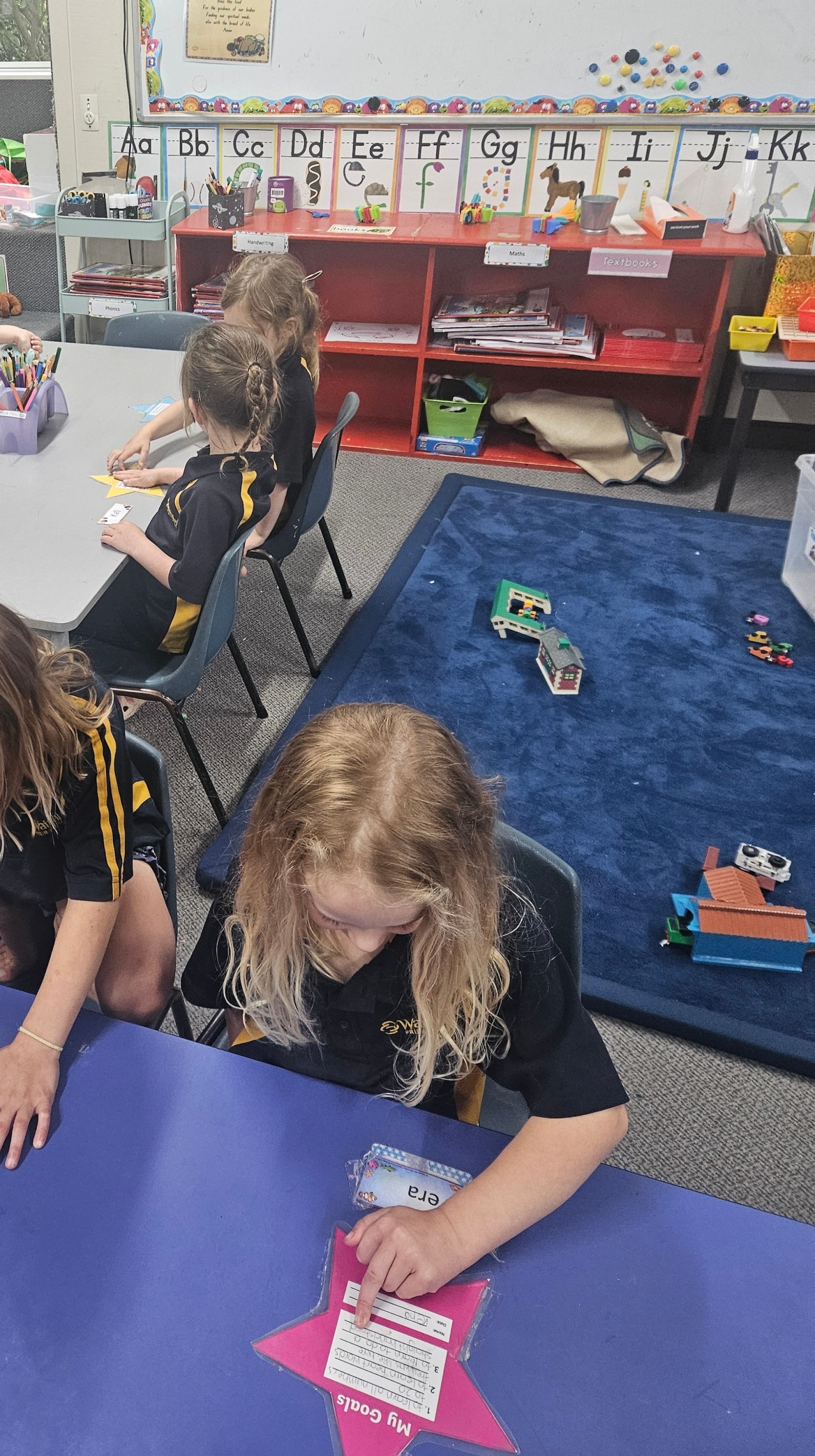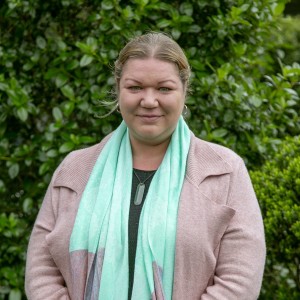The learning began by unpacking the word ‘goal’. The children loved linking it to goal posts in rugby - a clear target to aim for! With discussion and reflection, they began to share their ideas:
By setting up a goal with numbers you want to count up to and words you want to learn, because I didn’t know how to count to 20.
You have to tell the teacher what you want to learn.
Sounding out words is a goal.
What is a Goal?
A goal is something to get better at. It gives learning direction, like a map that helps show where to go next. For young learners, goals are small, clear, and achievable.
Students talked about what they wanted to work on and learn this term. Together, the class decided to set three goals each:
-
One for literacy
-
One for numeracy
-
One personal goal
Each student met one-on-one with the teacher to discuss ideas and set meaningful, realistic goals that reflected their learning journeys.
I want to learn numbers to 20, write the first sound of a word, and to learn all the letters of the alphabet.”
I want to learn to add two numbers together, to learn my heart words, and to try my best in touch rugby.
I want to learn to count to 100, to write all the sounds I hear in a word, and to get to class on time.
Keeping Goals Visible
To help keep goals front of mind, each child was given a Goal Setting Star. These stars now sit proudly on their desks as placemats - serving as daily reminders of what each student is working toward.
Having goals visible helps students stay focused and motivated, and it often sparks great conversations about learning, effort, and perseverance.
I learnt to sound out words in my new reading group.
I’ve been trying in touch rugby but I haven't got a try yet. I can add 2 numbers. 2 + 2 is 4, 5 + 5 is 10, 1000 + 38 is…I don’t know that
I am learning to count to 100. When I am sleeping, I keep getting mixed up on 11, but I can. I can write words too.
Reflecting and Celebrating Progress
On Friday afternoons, students take time to reflect on their goals. This has quickly become a favourite part of the week. They share how they’re doing, celebrate successes, and talk about what they still want to work on.
I can count up to 20 now, but I really want to count up to 100.
I know how to write (the, a, I, it, on) and I will learn some more words.
Through this process, students are discovering that goal setting isn’t just about finishing something. It’s about knowing where you’re going and taking small, determined steps to get there.






Comments
No one has commented on this post yet.